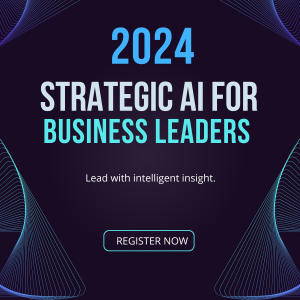AI GLOSSARY - O
Definition: A technology related to computer vision and image processing that deals with detecting instances of semantic objects of a certain class (such as humans, buildings, or cars) in digital images and videos.
Definition: The process by which a computer vision system identifies objects in images or video. This goes beyond detecting the object to actually understanding what that object is.
Definition: Also known as the loss function or cost function, it is a mathematical function that evaluates the performance of a model on the training data and guides the optimisation algorithm on how to change the model’s weights.
Definition: In the context of computer vision, occlusion refers to the blockage or obstruction of a subject of interest in an image by another object. Handling occlusion is crucial for accurately interpreting visual scenes.
Definition: The electronic or mechanical conversion of images of typed, handwritten, or printed text into machine-encoded text, whether from a scanned document, a photo of a document, or subtitle text superimposed on an image.
Definition: A type of reinforcement learning algorithm where the policy used to generate behaviour, called the behaviour policy, is different from the policy being improved, called the estimation policy.
Definition: A type of reinforcement learning algorithm where the policy being evaluated and improved is the same as the policy being used to make decisions.
Definition: A process by which categorical variables are converted into a form that could be provided to ML algorithms to do a better job in prediction. It involves converting each categorical class into a new categorical column and assigns a 1 or 0 (True/False).
Definition: A model of machine learning in which data becomes available in a sequential order and is used to update the best predictor for future data at each step, as opposed to batch learning techniques.
Definition: In machine learning, this involves recognising that certain inputs may not belong to any of the trained classes and should be labeled as unknown.
Definition: Software for which the original source code is made freely available and may be redistributed and modified. It’s a common practice in AI communities to share developments and tools openly.
Definition: An AI research organisation that aims to promote and develop friendly AI in such a way as to benefit humanity as a whole. It is known for its cutting-edge research in the field of artificial intelligence.
Definition: The process of translating a model into operational use, making it part of a business process or decision-making system. This includes integrating it into existing IT systems, scaling it for usage, and monitoring its operation.
Definition: The pattern of apparent motion of image objects between two consecutive frames caused by the movement of the object or camera. It is used in various applications in computer vision, including motion detection.
Definition: Mathematical routines that adjust the input parameters of models to find the best performance according to a specific objective function. Common examples include gradient descent and genetic algorithms.




